How to Import Vendors into QuickBooks Desktop
Manually adding vendors to QuickBooks Desktop can be time-consuming, particularly when handling large amounts of data. This is where SaasAnt Transactions Desktop is useful. Whether you are an accountant managing several client accounts or a business owner updating vendor information, this blog will show you how to import vendors into QuickBooks Desktop smoothly.
A small business owner who recently switched to a new supplier chain had over 150 vendor records to update in QuickBooks Desktop. Instead of entering each manually, they used SaasAnt Transactions Desktop to import all vendor details in minutes, saving hours of work and ensuring complete accuracy in their records.
This blog is ideal for accountants, bookkeepers, small business owners, and QuickBooks Desktop users who want to automate vendor data imports, eliminate manual errors, and simplify their financial workflows efficiently.
Contents
How to Import Vendor into QuickBooks Desktop: Step-By-Step Guide
Wrap Up
Frequently Asked Questions
How to Import Vendor into QuickBooks Desktop: Step-By-Step Guide
Follow the steps below to import the Vendor in QuickBooks Desktop using SaasAnt Transactions Desktop.
Step 1: Install and Connect SaasAnt Transactions
Download the latest SaasAnt Transactions Desktop version.
Run SaasAntTransactions-Setup.exe as an administrator.
Accept the license agreement and complete the installation.
Open the app, go to Subscription > Register.
Enter the license key from your confirmation email.
Keep your internet connection active.
Step 2: Launch SaasAnt Transactions Desktop
Start by opening the SaasAnt Transactions Desktop app on your system.
Ensure that QuickBooks Desktop is open and connected to your company file before proceeding.
Step 3: Connect to QuickBooks Desktop
To access Journal Entries, you need to connect the SaasAnt Transactions Desktop with QuickBooks Desktop. Here's how:
Go to the ‘File’ menu in the top-left corner of SaasAnt Transactions Desktop.
Click ‘Connect to QuickBooks’ from the dropdown.
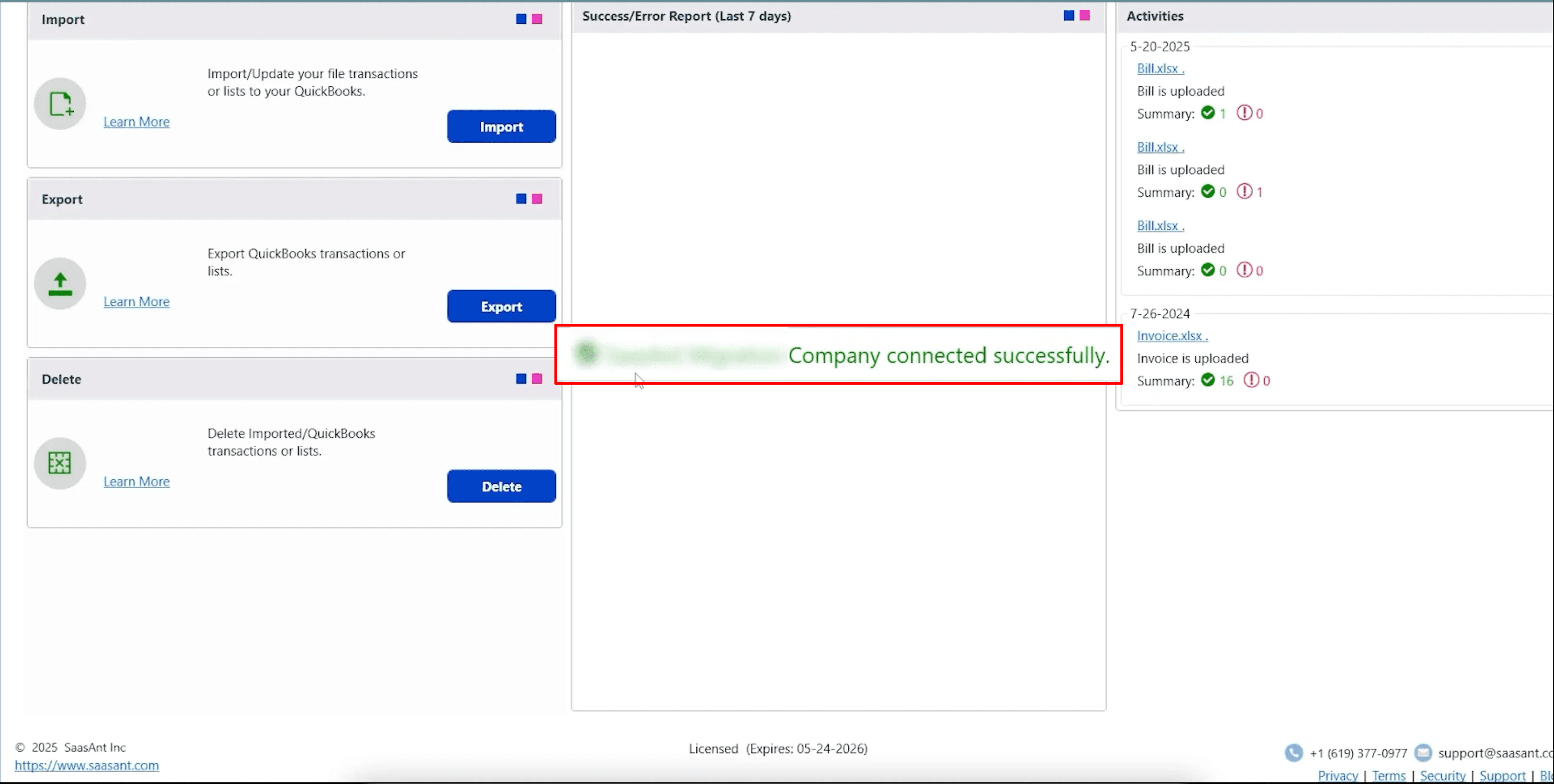
Step 4: Open SaasAnt Transactions
On the SaasAnt dashboard:
On the top left side of the SaasAnt Transactions dashboard, you can see the menu bar with various options.
Select “Edit,” and select “Import” under the edit dropdown.
The Dashboard appears as shown in the image below.
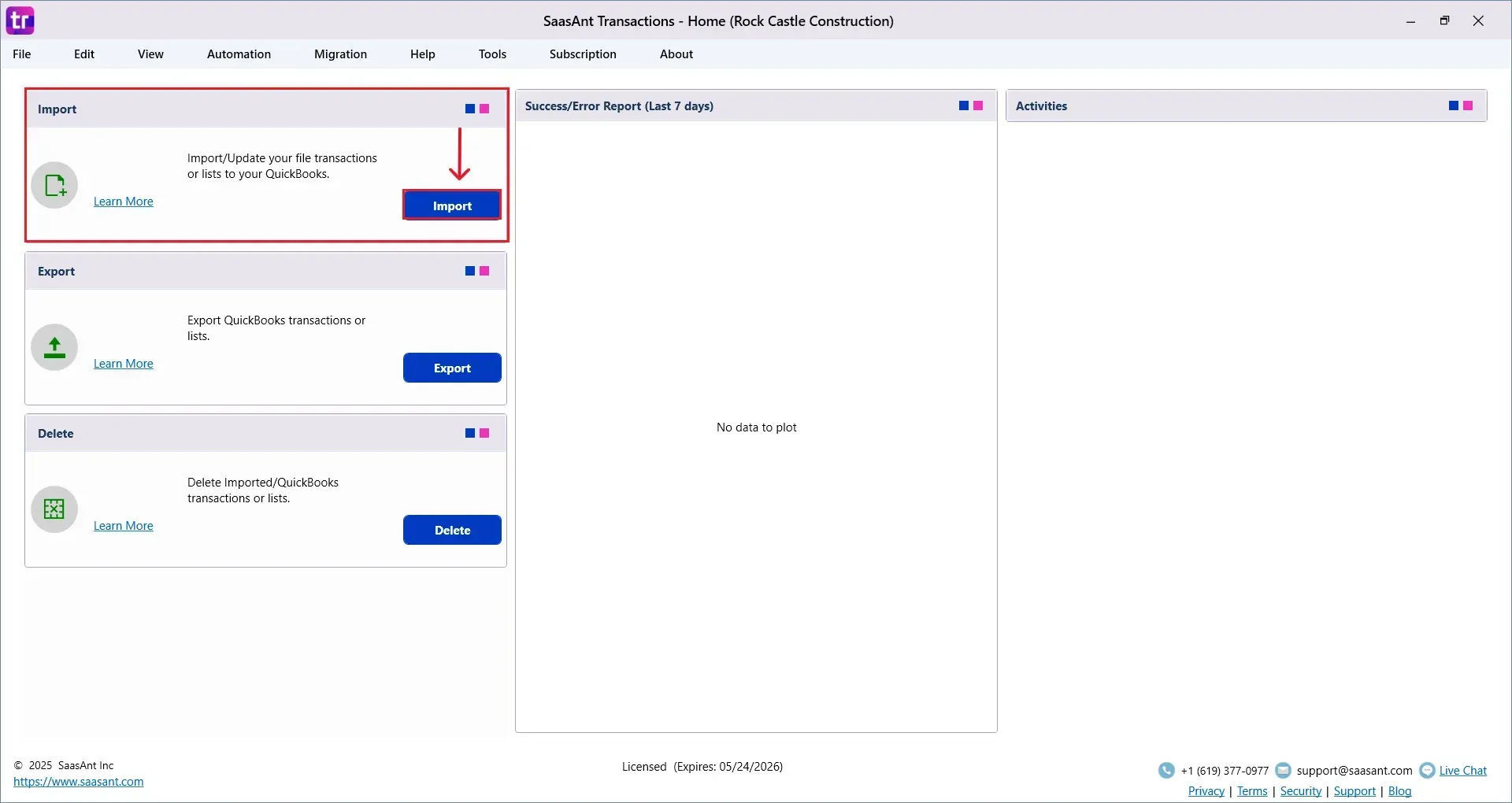
Select “Vendor” from the SaasAnt Transaction Type dropdown and upload your Excel or CSV file.
Select “SaasAnt Default Mapping” under the Saved Mapping dropdown.

Step 5: Mapping Fields
Ensures the mapping of essential fields, including vendor name, company name, date, etc.
Select “Next” at the bottom right of the dashboard.
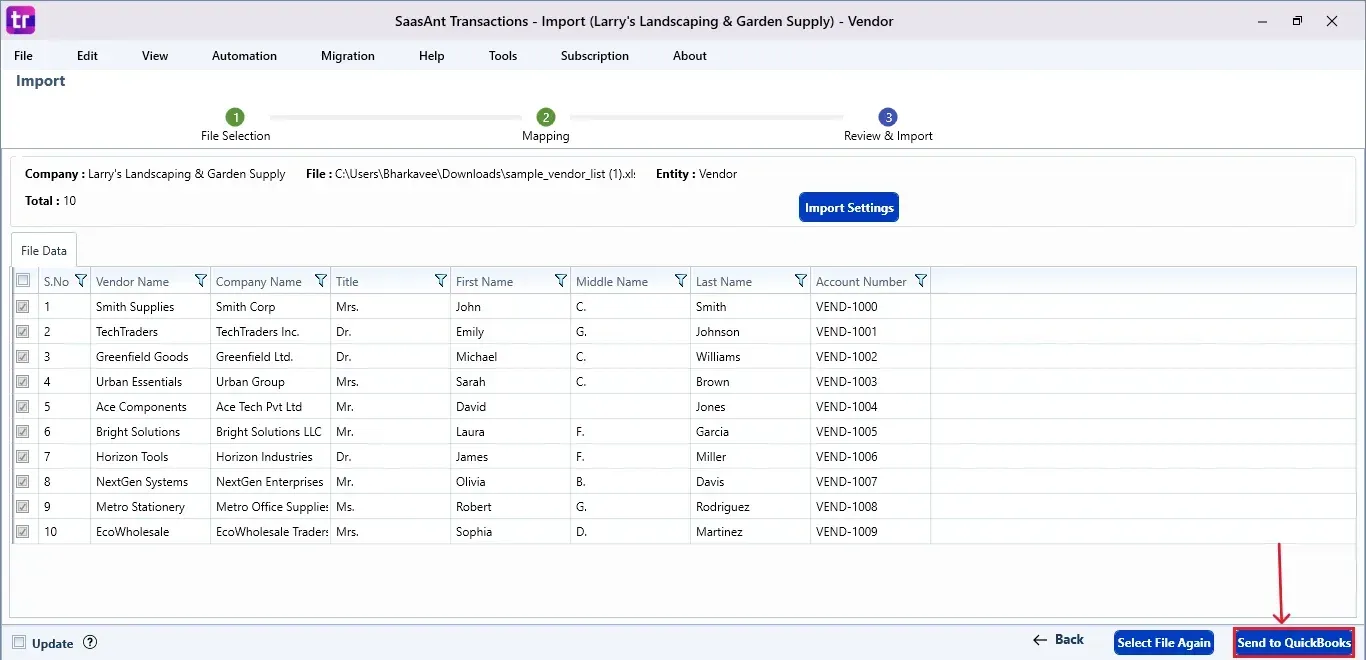
Step 6: Review and Import the Data
Click the “Send to QuickBooks” option at the bottom right of the dashboard, as shown in the image below.
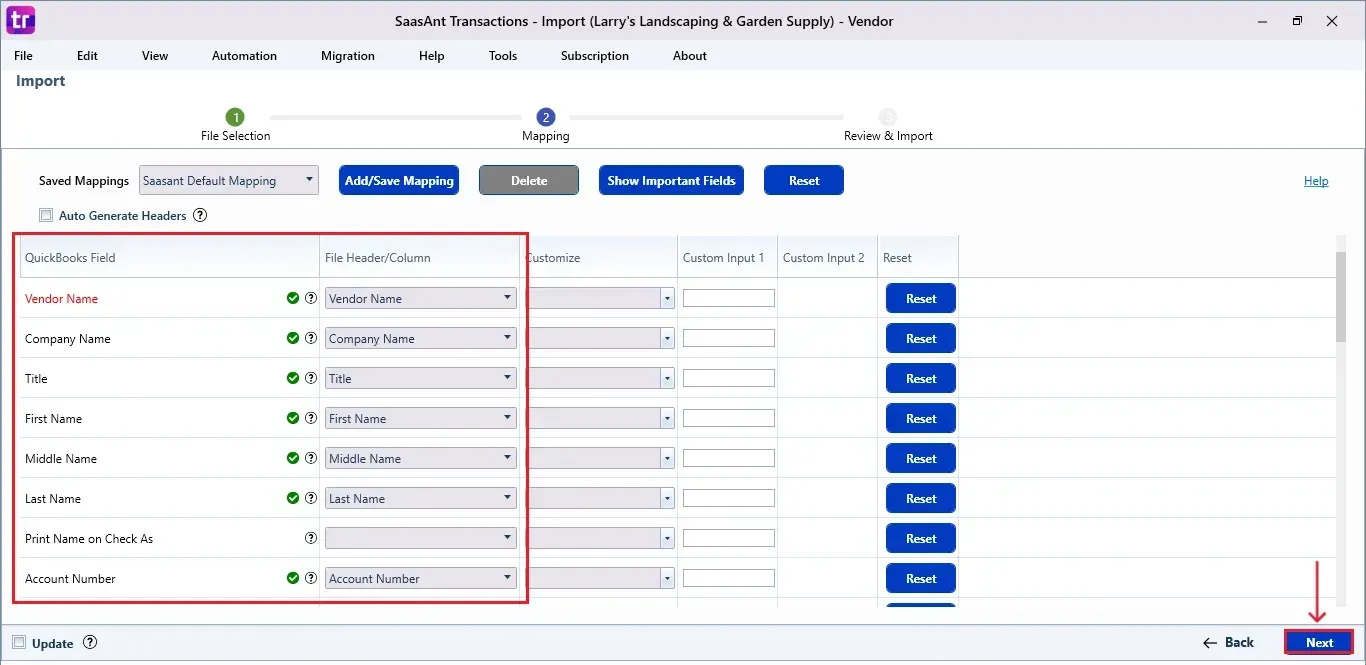
SaasAnt will now push the Vendors into your connected QuickBooks Desktop account.
The Vendors are reflected in the dashboard.
At the bottom right, click the “More” dropdown and select the option to download your Vendors for reference.
Additionally, next to the download option, you can see “Undo”, which allows you to roll back your “Vendors”.
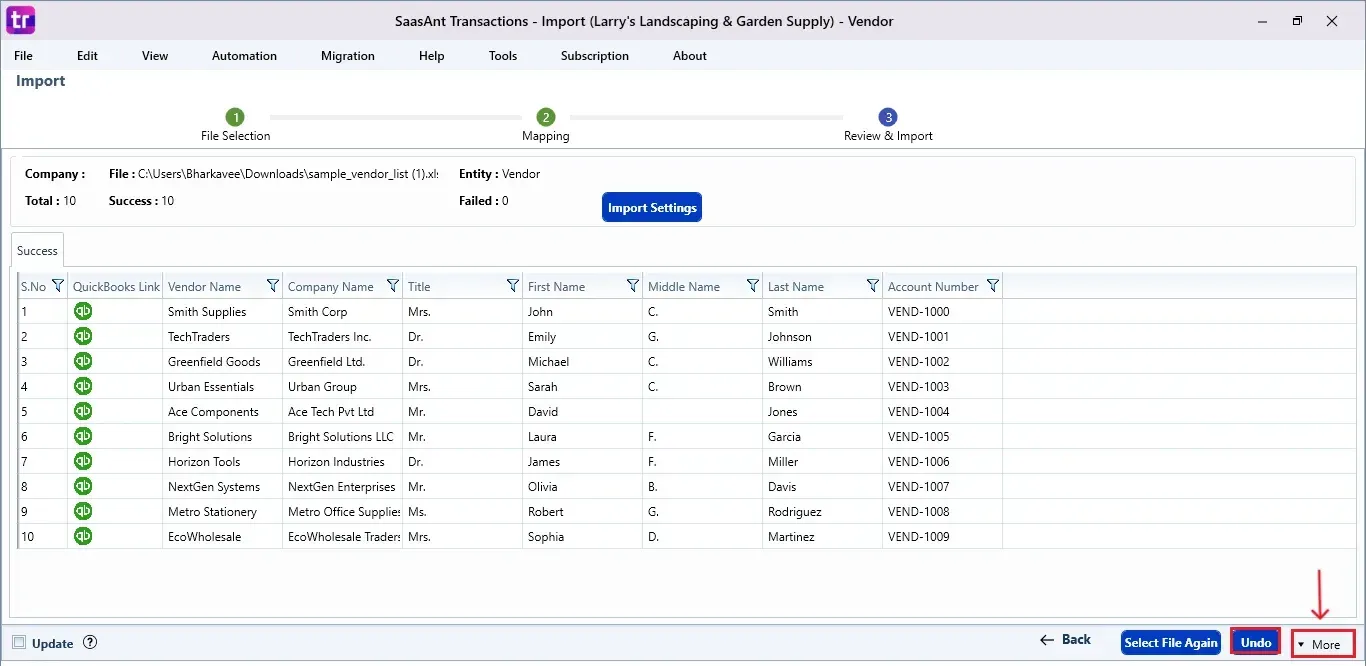
Step 7: Verify in QuickBooks Desktop
Open QuickBooks Desktop, go to the “Vendors” menu, and select “Vendor Centre”.
Search for the vendor name you imported.
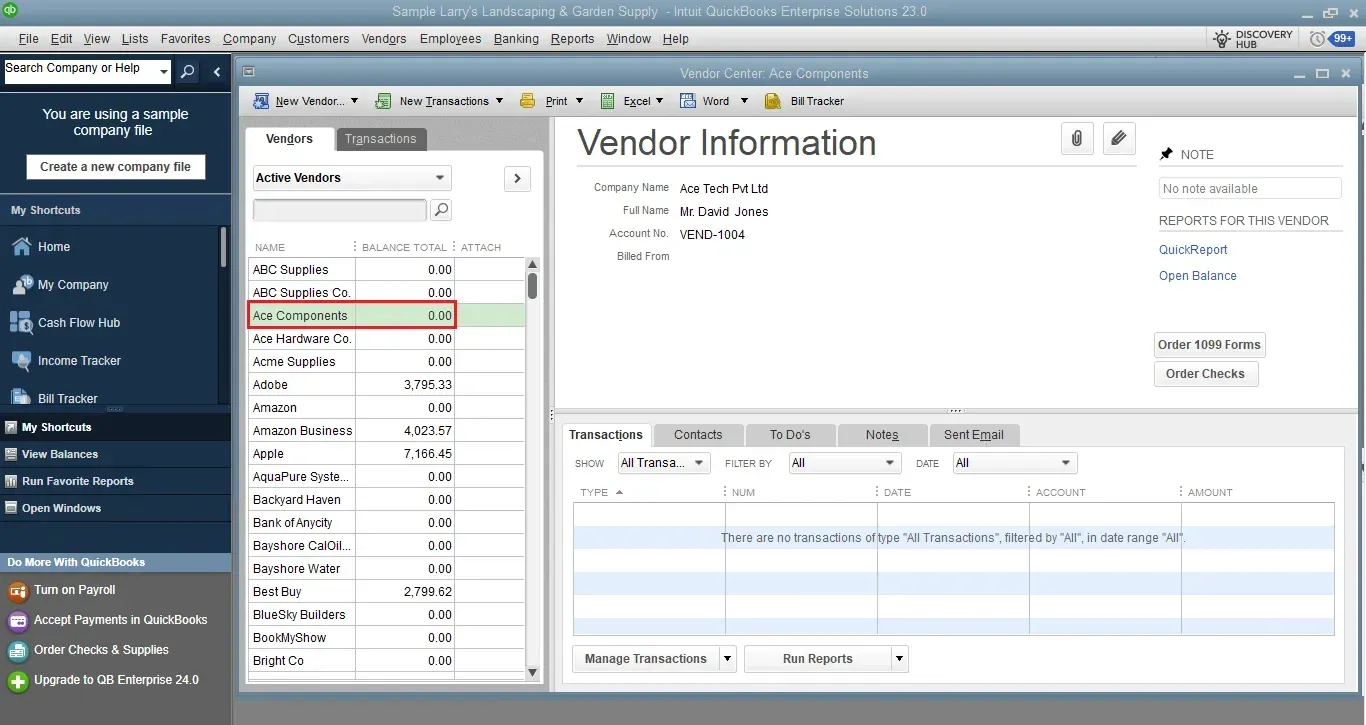
This final step ensures that your data is accurate and appropriately reconciled within QuickBooks.
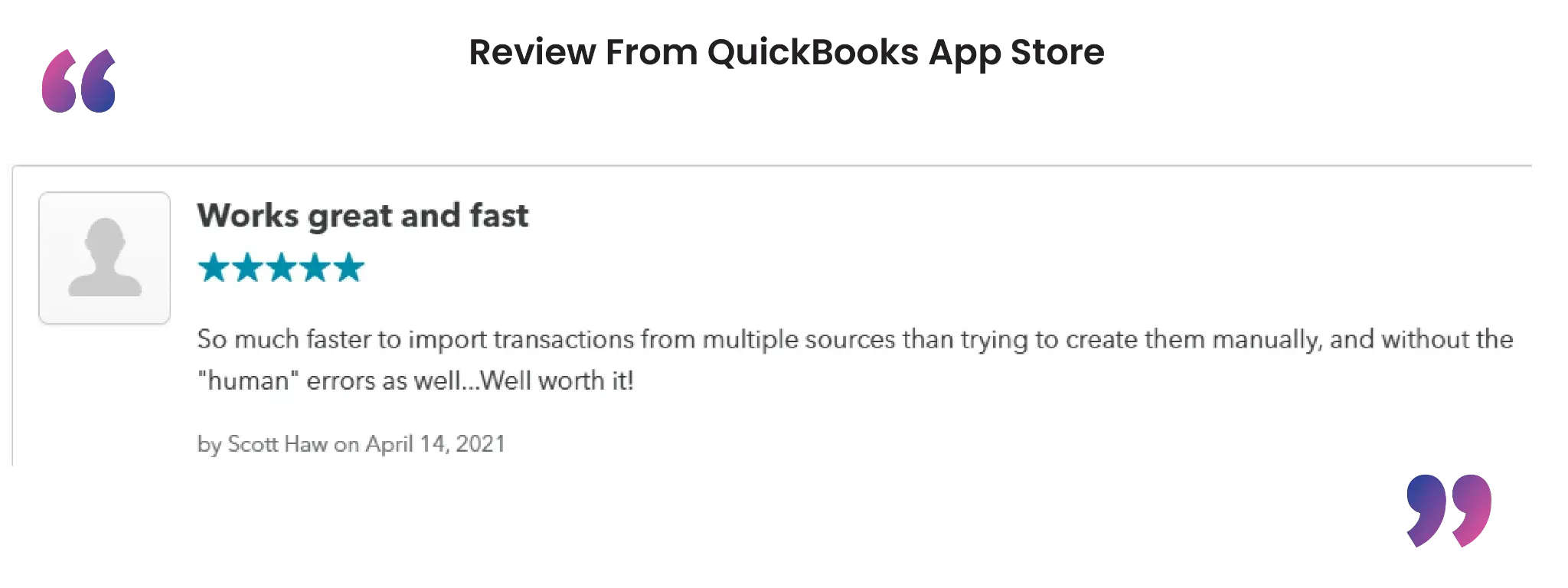
Wrap Up
Importing vendors into QuickBooks Desktop can be easy. With SaasAnt Transactions Desktop, it’s quick, precise, and adaptable. Whether you’re handling vendor information for one business or several clients, this tool allows you to keep organized records, minimize repetitive work, and focus more on strategic financial decisions.
By leveraging trustworthy platforms like QuickBooks for your accounting processes and SaasAnt for transaction management and automation, you can enhance the overall workflow, minimize errors, save time, and acquire greater financial insight.
If you have inquiries regarding our products, features, trial, or pricing, or if you require a personalized demo, contact our team today. We are ready to help you find the ideal solution for your QuickBooks workflow.
Frequently Asked Questions
1) Can I import multiple vendors into QuickBooks Desktop at once?
Yes, with SaasAnt Transactions Desktop, you can quickly and efficiently import vendor records in bulk from Excel or CSV files.
2) Do I need to map all the fields manually?
No, the "SaasAnt Default Mapping" option allows you to automatically map standard fields. Additionally, you can save custom mappings for future use.
3) Will this process overwrite existing vendor records?
No, SaasAnt will create new vendor entries unless you select to update the existing ones by mapping them to a unique identifier, for example, Vendor Name.
4) Can I undo the import if something goes wrong?
Indeed, SaasAnt has an "Undo" option that enables you to roll back any imported records right from the dashboard.
Tags
Read Also
How to Merge Vendors in QuickBooks Desktop?
How to Delete Vendor in QuickBooks Desktop
How to Import CSV into QuickBooks Desktop
How to Import Transactions into QuickBooks Desktop